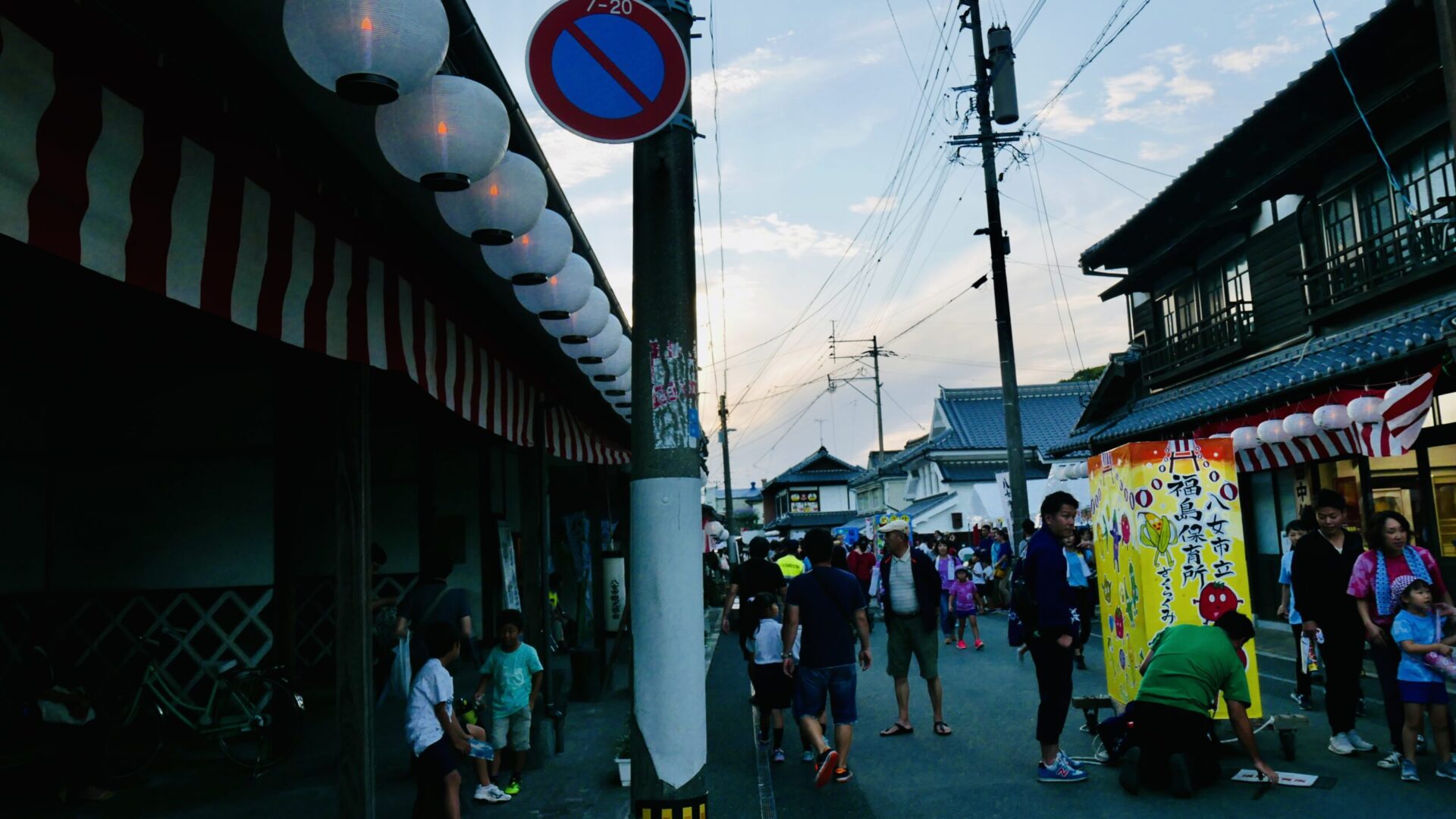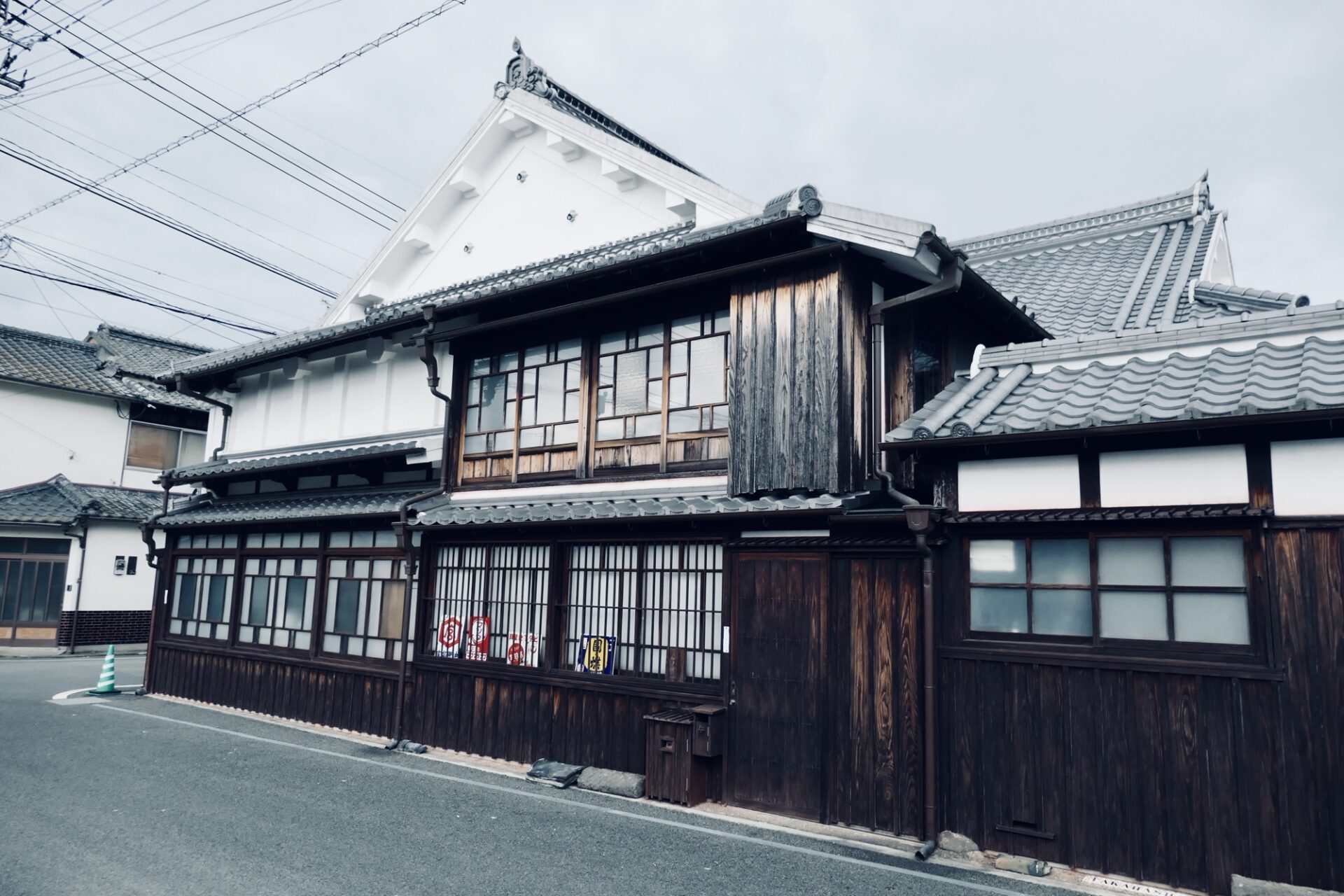 Wiki
Wiki How Yame Paper Lanterns are Made
The production of Yame paper lanterns involves a combination of traditional techniques and modern methods. Below is a de...
 Wiki
Wiki  Admin Posting
Admin Posting  About Yame
About Yame  About Yame
About Yame  Chatting
Chatting  Chatting
Chatting  Wiki
Wiki  Wiki
Wiki  Chatting
Chatting  Wiki
Wiki